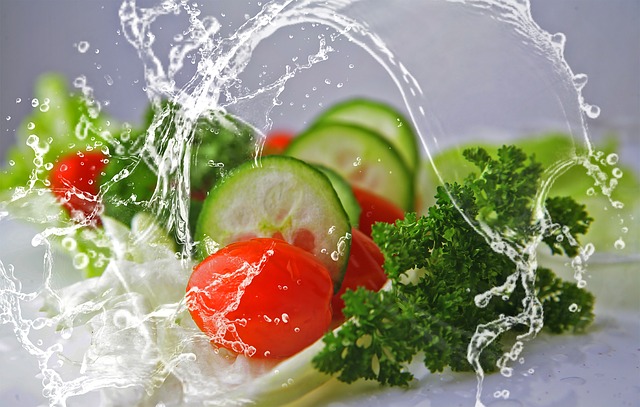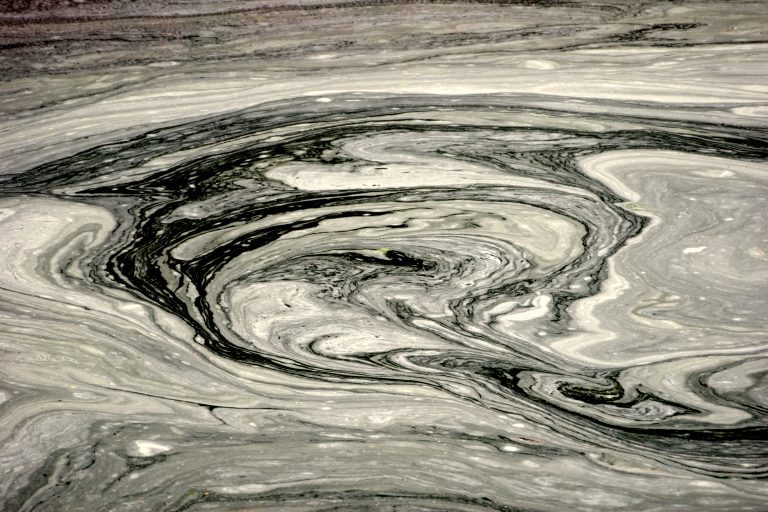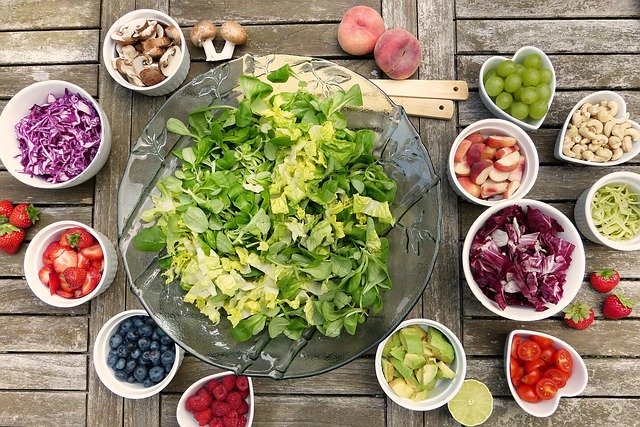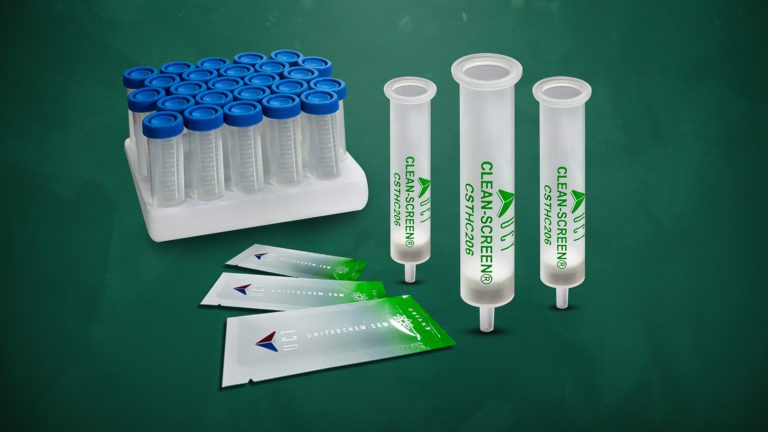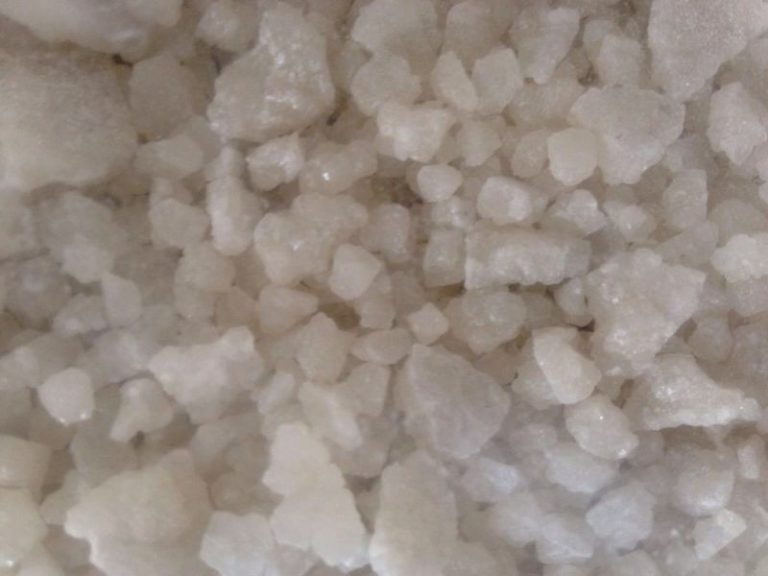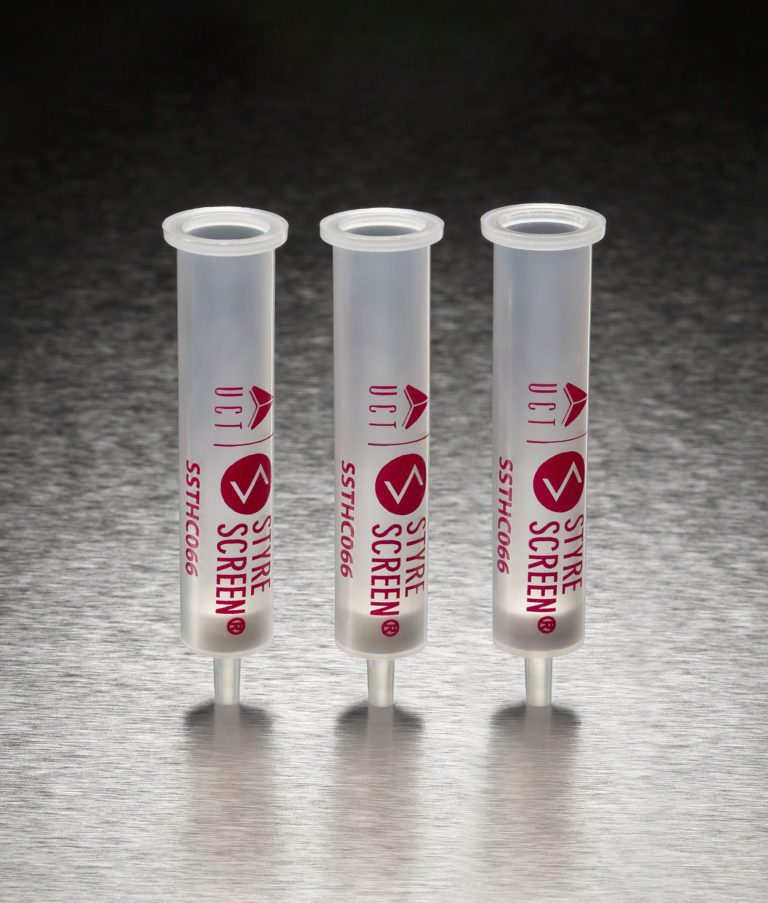UCT Enviro-Clean ® 521 Cartridges cited in Emerging Disinfection Bi-Products Article
In produce processing, water used to wash both fresh and fresh-cut produce is commonly treated with sanitizers for the purpose of controlling pathogens and minimizing microbial cross-contamination. Chlorine-based sanitizers are most commonly used for produce processing in the food industry (FAO/WHO, 2008). While chlorine’s efficacy in controlling pathogens is well recognized, one of the main concerns is the reactivity of chlorine with organic and inorganic substances to generate harmful disinfection bi-products (DBPs) and emerging DBPs of concern including haloacetonitriles, halonitromethanes, haloacetamides, and nitrosamines (NISAMs). Monitoring these DBPs is necessary to protect food safety but comprehensive analytical methods have been lacking.
In a recent paper authored by Wan-Ning Lee et al., published in Food Chemistry (https://doi.org/10.1016/j.foodchem.2018.02.134), UCT’s Enviro-Clean® 521 sorbent (200 mg/ 6 mL) was employed to analyze DBPs and NISAMs in food wash water. The analytical method development was modified from EPA Method 521. Solid phase extraction (SPE) was performed on a 500 mL volume of the wash water. The Enviro-Clean® 521 cartridges were pre-conditioned by 6 mL DCM, then 6 mL methanol, and finally 15 mL DI water. The wash water samples were passed through the cartridges using a vacuum manifold at a flow rate of ~10 mL/min. Afterwards, the cartridges were dried by vacuum for 10 min. The cartridges were then eluted by a total of 12 mL dichloromethane. The eluents were collected and passed through 5 g of anhydrous sodium sulfate (pre-baked for 2 h at 400 °C) to remove residual water. The final eluents were collected, concentrated to ~0.5 mL and analyzed by gas chromatography-mass spectrometry.
Good recoveries (60-130%) were achieved for most DBPs in deionized water and in lettuce, strawberry and cabbage wash water. with method detection limits in the range of 0.06-0.58 mg/L. Preliminary results revealed the formation of many DBPs when produce is washed with chlorine. The optimized analytical methods by this study effectively reduce matrix interference and can serve as useful tools for future research on food DBPs.
This article demonstrates the efficiency and power of UCT’s Enviro-Clean® 521 sorbent when applied to the analysis of 40 conventional and emerging disinfection bi-products, and why analysts in the field of environmental matrix testing turn to UCT as their first choice in SPE sorbents. For more information regarding Enviro-Clean® sorbents methods and applications please visit https://sampleprep.unitedchem.com/products/spe/environmental.

